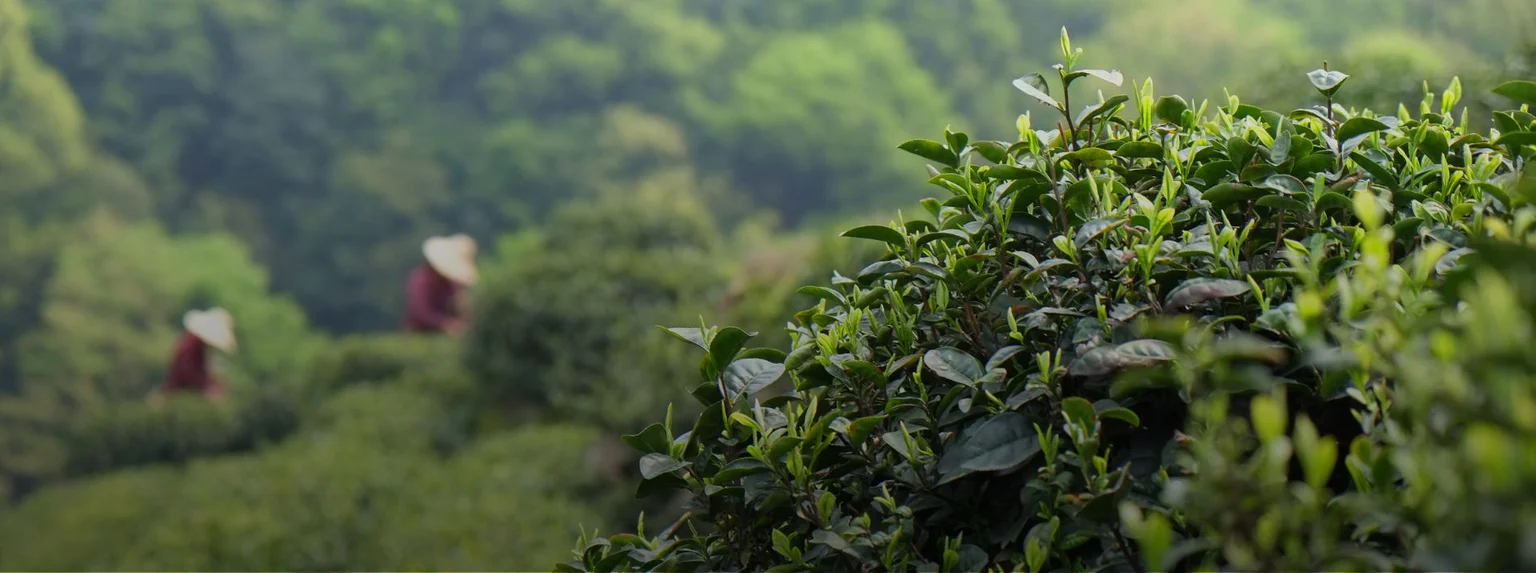
Blog
Pu’er Tea Introduction
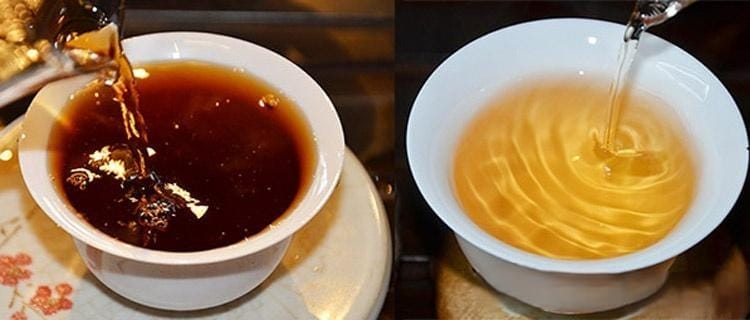
Pu’er tea is a kind of tea produced in Pu’er City, Yunnan Province, China. There are Pu’er raw tea, Pu’er cooked tea, loose tea, compressed tea, tree tea, etc. It contains amino acids, tea polyphenols, theophylline, saponins, flavonoids and other substances, which have the effect of dilating blood vessels and warming the stomach.
Pu’er tea is resistant to storage and can be cooked or drunk directly. Pu’er tea should not be consumed at the same time as alcohol or medicine.
How to distinguish between raw Pu’er tea and cooked Pu’er tea
In terms of appearance: raw tea is mostly dark green or yellow-green in appearance, with white buds and leaves, complete stripes, and turns brown after being stored for a long time; cooked tea is mostly brown or reddish brown in appearance, and black if it is heavily fermented, with trivial and incomplete stripes and a musty smell.
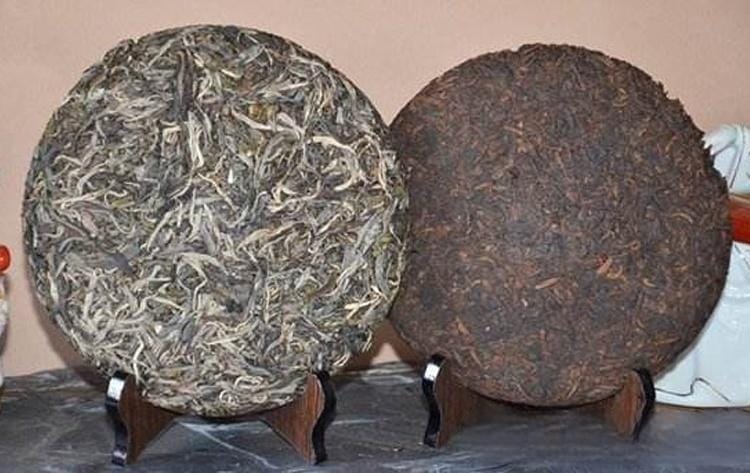
Pu’er Tea
Judging from the tea soup: the soup color of raw tea is bright and clear, golden or yellow-green, the soup color of old tea is orange-yellow or orange-red; the soup color of cooked tea is thick and bright, reddish-brown, and the heavily fermented one is dark red or black-brown.

Pu’er tea soup
In terms of taste: raw tea undergoes natural fermentation, has a fuller tea aroma, a strong taste, and a quick bitter and sweet aftertaste. After many years, the tea flavor will become mellow; cooked tea undergoes natural and artificial fermentation, which accelerates the maturation process of Pu’er tea. It tastes soft, not bitter or astringent, smooth and mellow, pure and moist, with a soft aftertaste.
How to brew Pu’er tea
New method of brewing Pu’er tea
Pu’er raw tea
The new Pu’er raw tea is closer to green tea in nature. When brewing, avoid the “cooked soup taste”. The water temperature should be slightly lower and the soup should be brewed quickly.
Especially for raw tea with relatively tender raw materials, the water temperature can reach 93-95℃ when brewing (the water can be left to stand for a while after boiling to allow the heat to dissipate and slightly lower the water temperature). Do not pour boiling water directly on the tea leaves to avoid scalding the fresh leaves, causing the tea soup to be watery and affecting the freshness of the tea soup.
At the same time, after the soup is brewed, you can slightly open the lid of the pot to dissipate heat and keep the tea soup fresh.
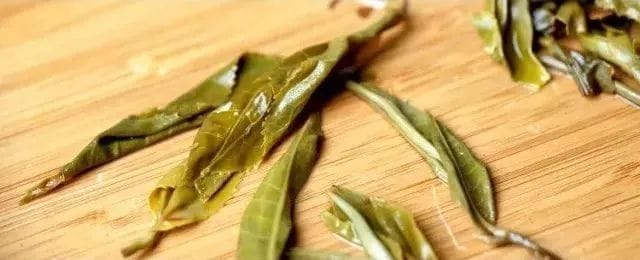
Puer Raw Tea
In terms of utensils, porcelain covered bowls are more suitable because they have a fine texture, thick glaze, and no odor, which is an advantage. In other words, they can more realistically present the essential characteristics of tea, such as the purity of aroma and taste.
Ripe Pu’er
Since the first ripe Pu’er tea has been fermented for a long time, the water temperature must reach 100℃ when brewing to bring out the smooth, sweet, fragrant and mellow characteristics of ripe tea.
However, the brewing time should not be too long to avoid bitterness. For some teas with a slightly lighter degree of fermentation, the first three brews can also be half-opened to maintain the freshness of the tea soup. At the same time, opening the lid is also conducive to the release of the ripe taste.
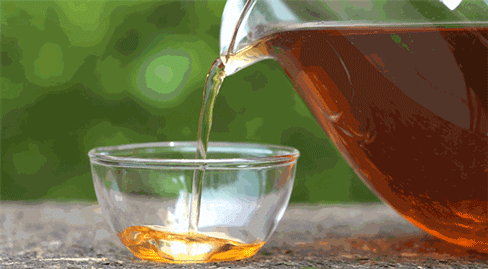
Pour tea
Using a purple clay teapot to brew Pu’er cooked tea can effectively absorb the “pile taste” and other miscellaneous and peculiar smells. It is best to use a purple clay teapot with a large body and large capacity to brew Pu’er cooked tea, such as the Jinggui teapot, Qinquan teapot, gourd teapot, and beauty shoulder teapot.
Storage precautions for Pu’er tea
High-quality Pu’er tea can be stored for a long time. Its flavor will become more mellow over time. It can be used as an investment or as a collection. If you want Pu’er tea to be more fragrant as it ages, the choice of storage method is crucial. If it is not stored properly, it will cause Pu’er tea to mold and taste worse.
Three principles for home tea storage
1. Moisture-proof
Moisture is the number one enemy of Pu’er tea. When the humidity exceeds 70%, tea leaves are very likely to breed mold and damage their intrinsic quality. When storing tea at home, you need to choose a ventilated and dry room, and keep it more than 30cm away from the ground and walls to effectively avoid the influence of ground moisture and wall moisture.
2. No odor
Tea has a strong adsorption capacity, and kitchen fumes, bathroom odors, and the fragrance of cosmetics will pollute the tea fragrance. The ideal tea storage environment should keep the air fresh and avoid being in the same room with odor sources.
3. Avoid light
Ultraviolet rays will accelerate the oxidation of tea leaves and destroy chlorophyll and aroma substances. Tea should be stored away from light sources such as windows. It is recommended to use blackout curtains or store it in a light-proof container.
